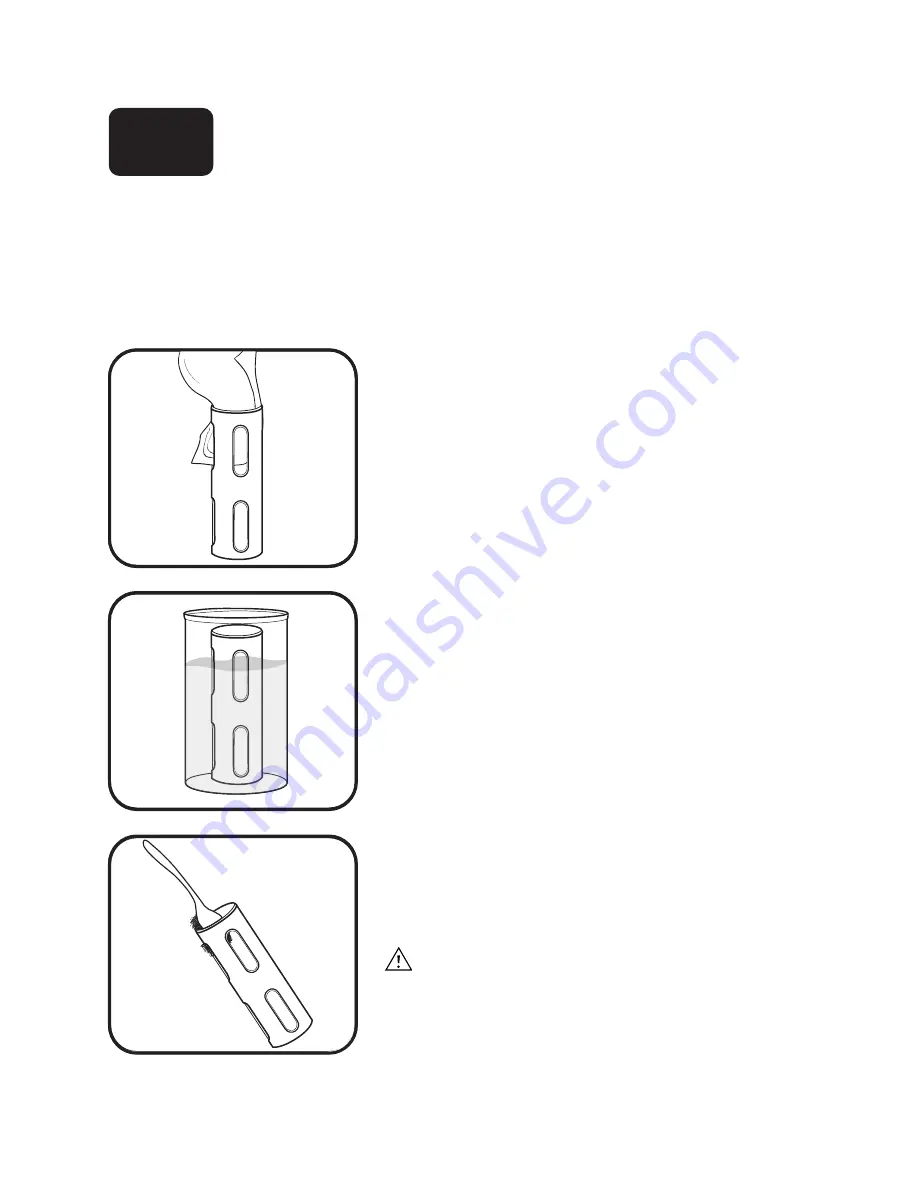
pg
|
106
Antifouling Equipment
Maintenance
Many components on EXO sondes are made of an anti-fouling copper-alloy material that discourages the
growth of aquatic organisms. However, longer deployment intervals and highly productive waters can result
in biofouling attachment to the equipment, which should be cleaned periodically.
See also instructions for
cleaning individual sensors.
1 Remove minimal biofouling.
Remove the antifouling sonde guard from the sonde. If
the guard is covered in a thin layer of slime or filaments,
wipe away the biofouling with a cloth soaked in clean water
and a few drops of a dishwashing liquid that contains a
degreaser. Rinse the guard with clean water and inspect.
2 Soak to remove heavy biofouling.
Remove the antifouling sonde guard from the sonde. If the
guard is covered in a thick layer of filaments or barnacles,
soak the guard for 10-15 minutes in a solution of clean
water and a few drops of a dishwashing liquid that contains
a degreaser. Following the soak, rinse the guard with clean
water and inspect.
3 Scrub to remove heavy biofouling.
If biofouling remains, use a small plastic scrub brush or
plastic scraper to gently scrub the biofouling off the guard.
Then wipe the guard with a wet, soapy cloth and rinse.
For continuous deployment in salt water, a sacrificial anode
is required. Install the anode (#599595) into a sensor port
to protect the sonde metals from corrosion. The anode kit
contains a solid base and two replaceable anodes that will
slowly dissolve.
6.17
A















































